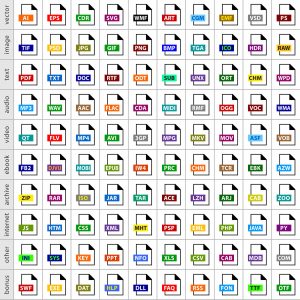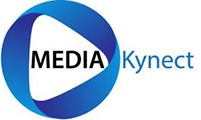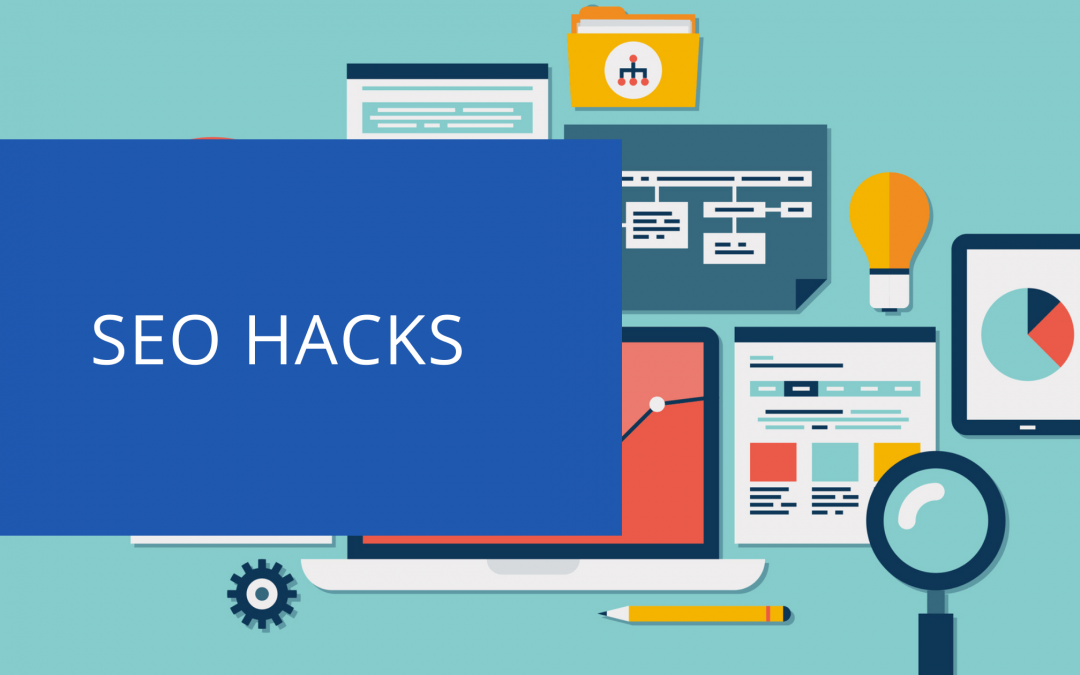Search engine optimisation, or SEO, is a process by which webmasters can improve their site’s visibility and rank in search engine results pages. While many techniques can be employed to achieve better rankings, not all of them are effective for every site.
In this article, we will discuss some of the most common and effective SEO hacks that you can use to improve your website’s ranking. Keep in mind that these techniques should be used in conjunction with each other for best results. So without further ado, let’s get started!
Contents
SEO Hacks
Hack #01: URL Structure
The structure of your website’s URLs can have a significant impact on your SEO. Make sure that your URLs are short, keyword-rich, and easy to remember. Also, avoid using parameters in your URLs whenever possible.
For example, instead of using the URL:
https://www.mycompany.com/category/?id=123&sub_cat=456
Use this URL:
https://www.mycompany.com/category/news-and-events/
As you can see, it is easier to remember and more SEO-friendly.
Hack #02: Keyword Research
 One of the most important aspects of SEO is keyword research. You need to identify the keywords that your target audience is using to find information about your product or service. Once you have identified these keywords, you can use them throughout your website, including in the titles, meta descriptions, and body text.
One of the most important aspects of SEO is keyword research. You need to identify the keywords that your target audience is using to find information about your product or service. Once you have identified these keywords, you can use them throughout your website, including in the titles, meta descriptions, and body text.
You can use a variety of tools to help you with your keyword research, including Google AdWords Keyword Planner and SEMRush.
Hack #03: Content Optimisation
Another important aspect of SEO is content optimisation. You need to make sure that your website’s content is relevant to your target audience and contains the right keywords. In addition, you should aim to produce high-quality content that people will want to read.
You can use a variety of tools and techniques to help you with your content optimisation, including:
- Heading tags (Htags)
- Meta descriptions
- Images
- Anchor text
- Internal links
Hack #04: Internal Linking
Internal linking is another effective way to optimise your website’s content. By including links to other pages on your site, you can help improve the user experience and also boost your SEO. Make sure that the anchor text of your internal links is relevant to the target page, and avoid using too many keywords.
Hack #05: Anchor Text
Anchor text is the text that is used to link to other pages on your website. It is important to use relevant, keyword-rich anchor text in order to improve your SEO. However, you should avoid using too many keywords or it will look spammy.
The different types of anchor text include the following:
- Exact match: Anchor text that precisely matches the page’s targeted keyword you want to rank for is known as exclusive match anchor text. For example, using “anchor text” as the link’s anchor text.
- Partial match: When internal linking, you can use partial match anchor text by combining your targeted keyword with other keywords. Using “understanding link text” as an anchor text when optimising for “anchor text.”
- Phrase match: The term “anchor text” is often used to describe the practice of employing a phrase as a keyword in other similar-sounding phrases. For example, “guide to optimising anchor text for SEO.”
- Branded: Anchor text that includes the name of your business is branded. For example, “Media Kynect.”
- Naked: The URL with no text is the naked anchor text. For example, “mediakynect.co.uk” as the anchor text is an example of this.
- Generic: The main purpose of anchor text is to direct visitors to a page or another post on your site. “Click here” or “learn more,” for example, are examples of anchor text.
- Images: Image anchor text is also similar to a CTA. Here, you will use an anchor on an image.
Hack #06: Image Optimisation
Images can also increase your SEO efforts. You should aim to include images on as many pages as possible and use high-quality, relevant images that reflect the keywords you want to rank for.
 In addition, make sure that each image includes an accurate file name and alt text with a keyword focus where appropriate. The alt attribute allows you to describe what is in an image so users who are unable or unwilling to view it will still be able to perform their task of finding information on your site.
In addition, make sure that each image includes an accurate file name and alt text with a keyword focus where appropriate. The alt attribute allows you to describe what is in an image so users who are unable or unwilling to view it will still be able to perform their task of finding information on your site.
The filename of images on your website is important because it can help improve both crawling and indexing by providing additional information about the content that appears within the page itself.
The alt attribute for images is an important aspect of search engine optimisation because it provides additional information about the image.
Both file names and alt attributes are considered to be good SEO practices, but you should bear in mind that neither will help your rankings directly but as part of your overall on-page SEO.
Hack #07: Site Speed
Site speed is another important factor that you need to consider when optimising your website. A slow-loading website can negatively affect user experience and conversions, as well as your SEO ranking.
There are a number of ways to improve site speed, including the following:
- Compress images
- Minify JavaScript and CSS files
- Enable caching
- Optimise MySQL queries
- Leverage browser caching
- Reduce server response time
- Use a content delivery network (CDN)
Hack #08: Disavow Links
If you have been penalised by Google with a manual action in Google Search Console, then you can use the disavow links tool to help clean up your backlink profile.
The disavow links tool allows you to submit a list of URLs or domains that you want Google to ignore when assessing your website’s backlinks.
If after investigating your site’s backlink profile, you find low-quality or spammy links, then you can use the disavow links tool to tell Google not to take them into account when assessing your website’s backlinks.
Hack #09: Google Search Console
One of the best SEO tools you can use is Google Search Console. Here, you will be able to track your website’s search performance and fix any issues that might hurt it.
In addition, if you notice an increase in movement from one position to another or traffic drop-offs then this could provide valuable information about how well certain pages are performing across the site as a whole.
Hack #10: XML Sitemap Submission
An XML sitemap is a file that lists all the URLs on your website. This file can be used by Google and other search engines to index your website’s content.
It is important to submit your XML sitemap to both Google and Bing Webmaster Tools so that they can crawl your website and index its content accordingly. You can also use a tool such as Yoast SEO to generate an XML sitemap for your website.
When submitting your XML sitemap, you should also include information about how often the pages are updated so that the search engines know how often they should crawl them.
You should also make sure that any changes made to the site – including new pages or deleted pages – are reflected in the XML sitemap.
Hack #11: Social Media Marketing
Social media marketing is another way to improve your website’s SEO. By sharing links to your content on social media, you can reach a wider audience and drive traffic back to your website.
 In addition, social media can help you build relationships with other bloggers and industry experts, which can eventually lead to link-building opportunities.
In addition, social media can help you build relationships with other bloggers and industry experts, which can eventually lead to link-building opportunities.
The key to success with social media marketing is consistency – make sure that you are regularly sharing content on all of your social media channels and interacting with your followers.
If you’re not sure where to start, try using a tool such as Hootsuite or Buffer to help manage your social media accounts.
Hack #12: Guest Blogging
Guest blogging is a great way to build relationships with other bloggers and increase your website’s exposure. When guest blogging, you should include a link back to your website in the author bio or footer of your post.
In addition, make sure that the blog you are submitting to is relevant to your niche and has a high domain authority.
Finally, be sure to include keyword-rich titles and descriptions for your posts so that they rank higher in search engine results pages.
Hack #13: User Experience Improvement
One of the best ways to improve your website’s SEO is by focusing on its user experience (UX). If you create a better UX for users, then they will be more likely to share and link back to your content.
You should always put yourself in the shoes of the end-user when making design decisions about your site – this could involve using high-quality images or videos that load quickly and ensuring that there are no broken links or hard-to-read text.
You can also use online tools such as Google Analytics and Hotjar to track where people click on your site so it is easy for them to find what they’re looking for without having to search again.
In addition, make sure that navigation throughout the rest of your site is quick and easy – this should be especially true for mobile users.
Hack #14: Link Building Strategies For Advanced Users
If you’re looking for more advanced Anchor text is the clickable text that you use when linking to another page on your website. It should be keyword-rich and relevant to the content of the other page.
Is it important to have backlinks?
Yes, backlinks are an important part of SEO and can help to improve a website’s ranking in the search engine results pages.
What is broken link building?
Broken link building is the process of finding websites that are linking to a page on your website that is no longer available and then reaching out to those webmasters with a replacement URL.
What is guest posting?
Guest posting is the process of writing content for another person’s blog in order to build relationships and increase exposure to your website. When guest blogging, be sure to include links back to your site in the author bio or footer of your post.
How do I find relevant keywords to use on my website?
One of the most effective ways to find relevant keywords is by using a keyword research tool such as Google Keywords or SEMrush.
We Offer SEO Services Nationwide
- Chester:https://mediakynect.co.uk/seo-chester/
- Wirral: https://mediakynect.co.uk/seo-wirral/
- Liverpool: https://mediakynect.co.uk/seo-liverpool/
- North Wales: https://mediakynect.co.uk/seo-north-wales/
- Wrexham: https://mediakynect.co.uk/seo-wrexham/
Conclusion
SEO is an important part of any website, and by following these hacks you can improve your site’s ranking in search engine results pages.
In addition, focus on creating high-quality content that provides value for your readers – this will help to increase traffic and encourage social shares.
By using a combination of these tactics, you can improve your website’s SEO and see better results in the long run.
If you’re still having trouble optimising your website for SEO, then consider hiring a professional consultant to help you out. They will be able to recommend specific changes that need to be made and can assist with implementing them on your behalf.

